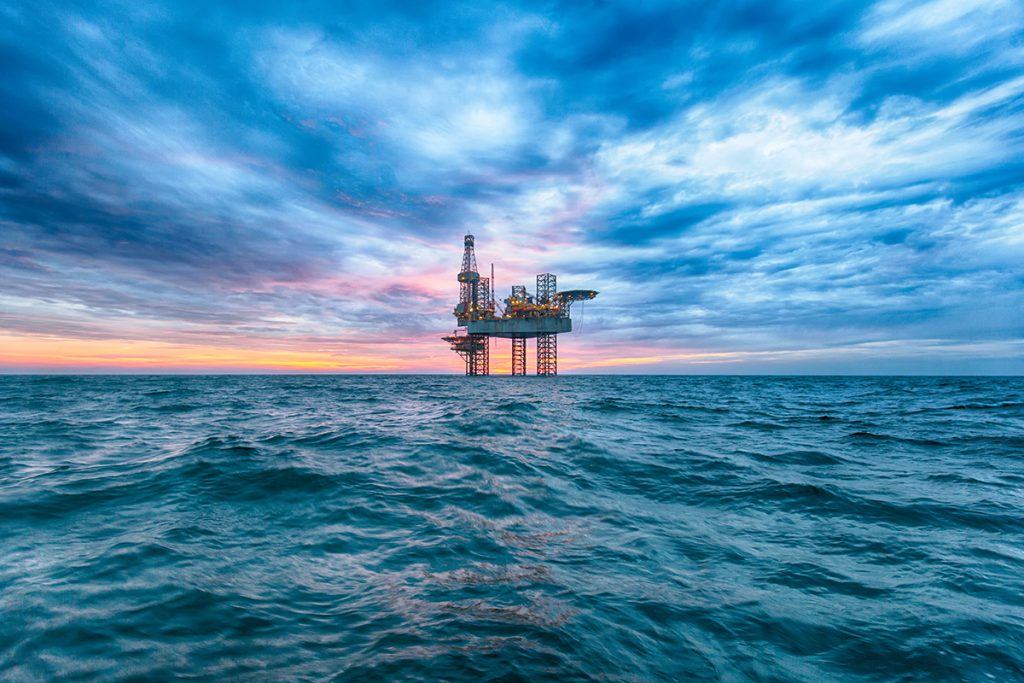When a facility reaches the end of its economic life and will no longer be used to extract oil and/or natural gas, the facility is decommissioned.
Decommissioning is a normal activity undertaken in the lifecycle of a well – both for onshore and offshore projects.
Decommissioning involves safely shutting down the well and satisfactorily disposing of the infrastructure previously used to support the production phase of a project.
The main objective of plugging and decommissioning a well is to avoid reservoir fluids (oil and gas) leaking to the environment. This process requires containing the formation fluids (such as oil and gas) within the well and ensuring the correct structure or ‘plug’ is in place to restrict any movement of fluids. A series of barriers is placed inside the well at various depths determined by engineering criteria. These barriers ensure that the well integrity is maintained over time.
Decommissioning is undertaken in a safe and environmentally responsible way and could involve removing all equipment from the area, or partially removing equipment if arrangements are in place that ensures any remaining equipment meets all legislative requirements. Leaving equipment in situ is sometimes better for the surrounding environment if, for example, it has created an artificial reef that supports marine life.
As with every aspect of oil and gas exploration or development, decommissioning is approved and overseen by regulators.
Read more about decommissioning by clicking on the links below.

Offshore decommissioning
Before decommissioning may begin, an oil and gas company must submit the relevant risk management plans to the main regulator – the National Offshore Petroleum Safety and Environmental Management Authority (NOPSEMA) – for assessment and acceptance.

Onshore decommissioning
For facilities that are onshore or in coastal waters, each State or Territory is regulated by their respective Government Department.
When a natural gas well is no longer actively producing, it must be decommissioned and the site fully rehabilitated. The project infrastructure will be progressively decommissioned and the land rehabilitated throughout the project life.
